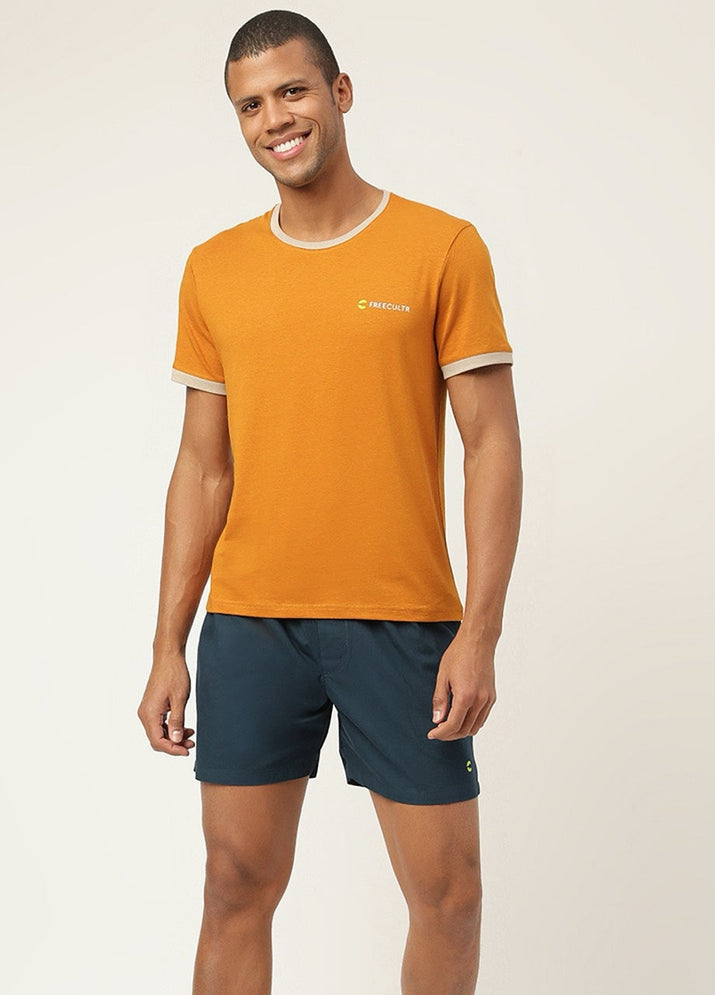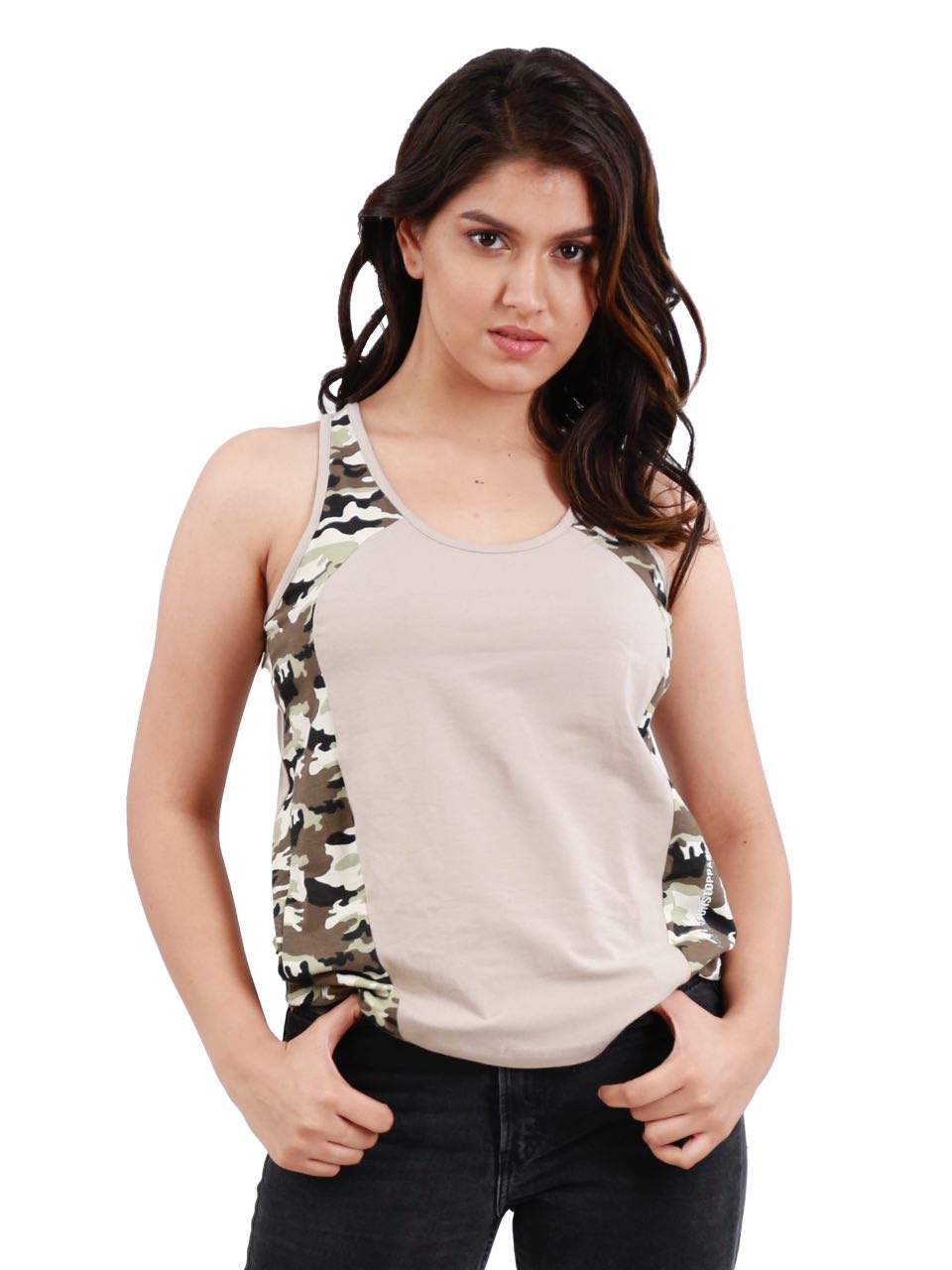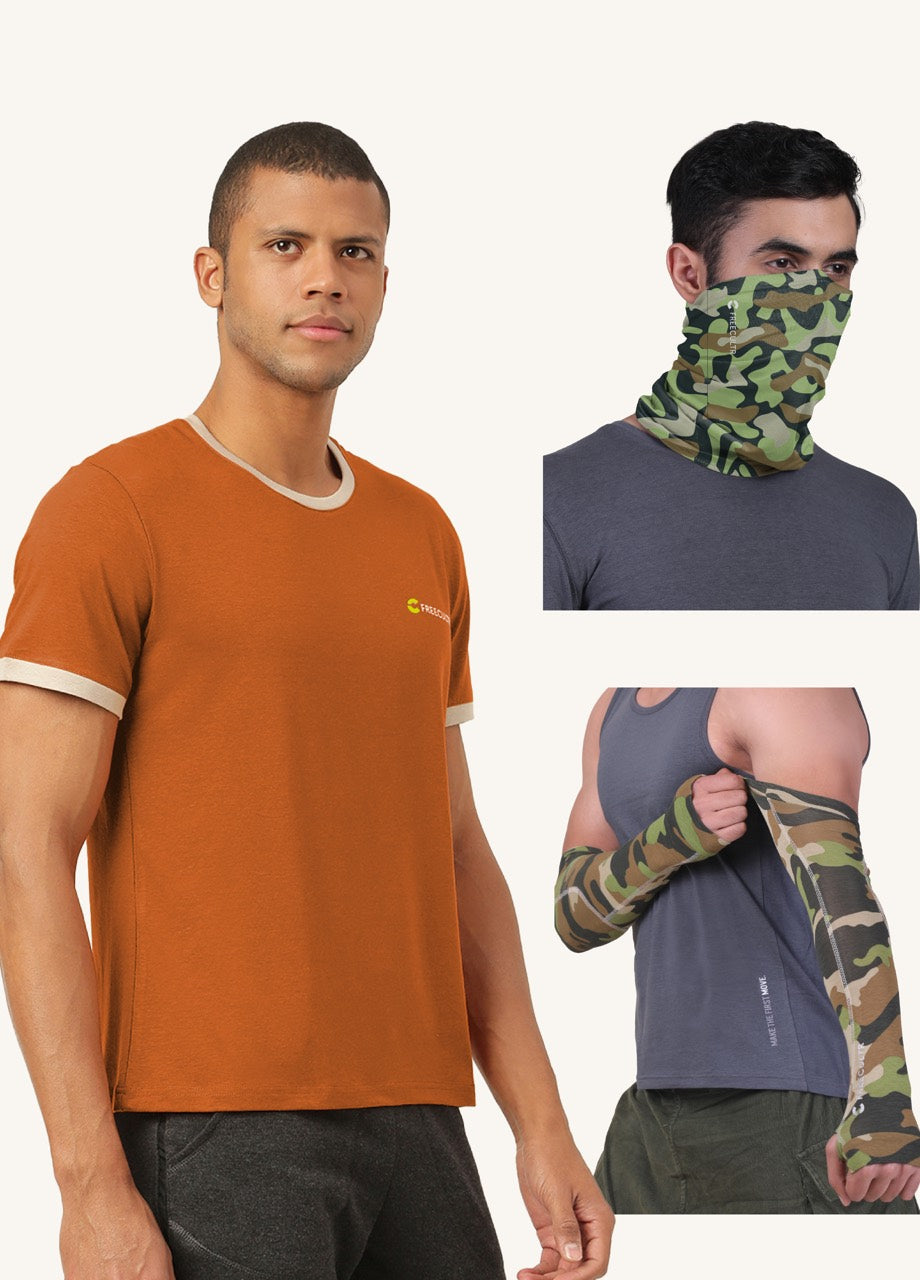Imagine a world where your favorite tee remains vibrant wash after wash, a stark contrast to the fast-fashion casualties piling up in landfills. The key lies in understanding advanced textile engineering. Current trends in activewear and sustainable apparel demand more than just basic cotton; we're talking about meticulously engineered fabrics that actively manage moisture, like those incorporating micro-denier polyester blends. These blends, coupled with innovative dye technologies such as reactive dyeing, ensure superior colorfastness, defying the sun's relentless UV rays and the harshness of repeated laundering. This is where performance meets longevity, redefining the lifespan and value of your everyday wardrobe staples.

The Science of Breathable Fabrics
Breathability in fabrics refers to their ability to allow moisture vapor to pass through. This is crucial for comfort, especially in clothing worn during physical activity or in warm climates. When we sweat, our bodies release moisture to cool down. If this moisture is trapped against the skin, it creates a damp, uncomfortable feeling and can even lead to skin irritation. Breathable fabrics allow this moisture to evaporate, keeping the wearer cool and dry.
Several factors contribute to a fabric's breathability:
- Fiber Type: Natural fibers like cotton, linen. Hemp are inherently more breathable than many synthetic fibers. But, advancements in synthetic fiber technology have led to the development of highly breathable options like polyester microfibers and specially engineered nylons.
- Yarn Construction: The way yarns are spun and plied affects breathability. Loosely spun yarns create more space for air and moisture to pass through.
- Fabric Weave or Knit: The structure of the fabric itself plays a significant role. Open weaves and knit structures allow for better airflow compared to tightly woven fabrics. Examples include mesh knits and loosely woven linen.
- Finishes: Some fabric finishes can enhance or hinder breathability. Durable water repellent (DWR) finishes, while providing water resistance, can reduce breathability. But, breathable DWR finishes are available.
Key Terms:
- Moisture Wicking: The ability of a fabric to draw moisture away from the skin's surface.
- Moisture Vapor Transmission Rate (MVTR): A measure of how much moisture vapor can pass through a fabric over a given period. Higher MVTR values indicate greater breathability.
- Air Permeability: A measure of how easily air passes through a fabric.
Understanding Fade-Resistant Color Technology
Fade-resistant color refers to the ability of a fabric's dye to withstand degradation from exposure to sunlight, washing. Other environmental factors. Color fading is a common problem, especially with brightly colored or darkly dyed fabrics. Understanding the technologies used to achieve fade-resistant color is essential for choosing long-lasting garments.
Several factors influence colorfastness:
- Dye Type: Different dye types have varying degrees of colorfastness. Reactive dyes, for example, form strong chemical bonds with cellulose fibers (like cotton), resulting in excellent wash and light fastness. Disperse dyes are commonly used for polyester and offer good fade resistance.
- Dyeing Process: The dyeing process itself significantly impacts colorfastness. Proper dye penetration and fixation are crucial for ensuring that the dye molecules are securely bonded to the fabric.
- Pre-Treatment and Post-Treatment: Pre-treating fabrics to remove impurities and applying post-treatment finishes to improve dye fixation can enhance colorfastness.
- UV Protection: Some fabrics are treated with UV absorbers to protect the dye molecules from degradation caused by ultraviolet radiation.
Key Terms:
- Colorfastness: The resistance of a material's color to fading or running.
- Lightfastness: The resistance of a material's color to fading when exposed to light.
- Washfastness: The resistance of a material's color to fading or bleeding during washing.
- Crocking: The transfer of color from a fabric to another surface through rubbing.
Comparing Breathable Materials: Natural vs. Synthetic
Both natural and synthetic materials offer breathable options, each with its own advantages and disadvantages.
| Material | Breathability | Advantages | Disadvantages |
|---|---|---|---|
| Cotton | Good | Soft, comfortable, absorbent, relatively inexpensive | Wrinkles easily, shrinks, can take a long time to dry |
| Linen | Excellent | Highly breathable, strong, durable, becomes softer with each wash | Wrinkles easily, can be expensive |
| Hemp | Good | Strong, durable, breathable, environmentally friendly | Can be stiff, may require special care |
| Polyester Microfiber | Good to Excellent (depending on construction) | Moisture-wicking, quick-drying, wrinkle-resistant, durable | Can retain odors, may not be as comfortable as natural fibers for some people |
| Nylon (engineered for breathability) | Good to Excellent (depending on construction) | Strong, durable, moisture-wicking, quick-drying | Can be expensive, may not be as comfortable as natural fibers for some people |
The best choice depends on the intended use and personal preferences. For everyday wear, cotton provides a good balance of comfort and affordability. For high-performance activities, polyester microfiber or engineered nylon may be more suitable due to their moisture-wicking and quick-drying properties. When considering Fashion & Comfort, it is essential to weigh the pros and cons of each material.
Real-World Applications and Use Cases
The combination of breathable materials and fade-resistant color technology has numerous real-world applications across various industries:
- Activewear: Breathable fabrics are essential for activewear to keep athletes comfortable and dry during workouts. Fade-resistant colors ensure that garments maintain their vibrant appearance even after repeated washing and exposure to sunlight.
- Outdoor Apparel: Clothing designed for outdoor activities like hiking, camping. Fishing requires both breathability and fade resistance. Breathable fabrics prevent overheating and moisture buildup, while fade-resistant colors ensure that garments remain visible and aesthetically pleasing even after prolonged exposure to the elements.
- Workwear: In industries where workers are exposed to harsh conditions, durable and breathable workwear is crucial. Fade-resistant colors ensure that uniforms maintain a professional appearance and meet safety standards (e. G. , high-visibility colors).
- Everyday Wear: T-shirts, casual shirts. Other everyday garments benefit from breathable materials and fade-resistant colors. This ensures that they are comfortable to wear and maintain their appearance over time.
- Medical Textiles: Breathable and colorfast fabrics are used in medical textiles like surgical gowns and drapes to provide comfort and prevent infection.
Case Study: A Leading Activewear Brand
A leading activewear brand conducted extensive research to develop a new line of performance apparel using a combination of recycled polyester microfiber and a novel dye technology. The recycled polyester microfiber offered excellent breathability and moisture-wicking properties, while the dye technology provided superior fade resistance. The brand partnered with a textile mill that specialized in sustainable dyeing practices to minimize the environmental impact of the production process. The resulting line of activewear was highly successful, with customers praising its comfort, durability. Vibrant colors. The brand was able to differentiate itself from competitors by offering high-performance apparel that was both environmentally friendly and aesthetically pleasing.
Tips for Maintaining Breathability and Colorfastness
Even with advanced fabric technologies, proper care is essential for maintaining the breathability and colorfastness of your garments.
- Follow Care Instructions: Always read and follow the care instructions on the garment label. These instructions provide specific guidance on washing, drying. Ironing.
- Use Mild Detergents: Harsh detergents can damage fabric fibers and cause colors to fade. Opt for mild, pH-neutral detergents.
- Wash Inside Out: Washing garments inside out helps to protect the outer surface from abrasion and fading.
- Avoid Over-Drying: Over-drying can damage fabric fibers and cause colors to fade. Tumble dry on low heat or hang to dry.
- Store Properly: Store garments in a cool, dry place away from direct sunlight.
- Consider UV Protection Sprays: For garments that are frequently exposed to sunlight, consider using a UV protection spray to help prevent fading.
By understanding the science behind breathable materials and fade-resistant color technology. By following proper care guidelines, you can choose garments that offer both Fashion & Comfort and longevity.
Conclusion
So, you're ready to elevate your t-shirt game, right? Remembering the key takeaways – breathable fabrics and fade-resistant colors – is only half the battle. The real power lies in putting this knowledge into action. Don't just settle for the first tee you see. Check those labels! I’ve personally found that a quick stretch test can reveal a lot about fabric quality and potential for fading. Current trends lean towards sustainable and ethically sourced materials. Investing in a tee that holds its color and shape isn't just about style; it's a step towards mindful consumption. My own experience has taught me that spending a little more upfront on a quality tee saves money in the long run by avoiding frequent replacements. It’s about choosing enduring quality over fleeting trends. Now, go out there and curate a t-shirt collection that not only looks good but also stands the test of time. Embrace comfort, durability. Vibrant style! You deserve tees that keep up with your life, every wash, every adventure.More Articles
Tees – Soft Cotton & Durable FabricWomen's Tank Top – Breathable Fabric & All-Day Comfort
Tank Top for Women – Lightweight & Stylish Design
Bandana for Men – Versatile Style & Sun Protection
FAQs
So, what exactly makes these tees 'breathable'?
Great question! It's all about the fabric. We use materials like cotton blends with open weaves, or special performance fabrics designed to wick away moisture and let air circulate. Think of it like a gentle breeze – you want your tee to allow airflow, not trap heat and sweat.
Fade-resistant color, huh? Does that really work?
Yep, it really does! We use high-quality dyes and apply them using techniques that help the color bond strongly to the fabric. It's not magic. It's pretty close. Expect your tee to stay vibrant wash after wash, instead of looking like it's been through the wringer after only a few cycles.
What kind of activities are these tees good for? Like, can I work out in them?
Absolutely! The breathability makes them fantastic for workouts, hiking, or just running errands on a hot day. They're designed to keep you cool and comfortable, no matter what you're up to. Just maybe avoid really abrasive activities where snagging is likely.
How do I wash these tees to keep them looking their best?
Treat 'em right. They'll treat you right! Turn them inside out before washing, use cold water. A gentle detergent. Avoid bleach if you can. Tumble dry on low or hang them to dry. That'll help the color last even longer.
Are there any specific fabrics that are super breathable?
You bet. Look for tees made with moisture-wicking polyester blends, or even natural fibers like linen. They’re known for their excellent airflow and ability to keep you cool.
Will the color ever fade completely?
Okay, let's be realistic – eventually, with enough wear and washing, anything will fade a little. But our fade-resistant process significantly delays that process. You'll get a much longer lifespan out of the color compared to a regular tee.
What's the deal with different 'weaves'? Does that affect breathability?
Definitely! A looser weave, like a jersey knit, will generally be more breathable than a tighter weave. Think of it like a screen door versus a solid door – more space for air to pass through. We often highlight the weave type in the product description, so keep an eye out for that.






